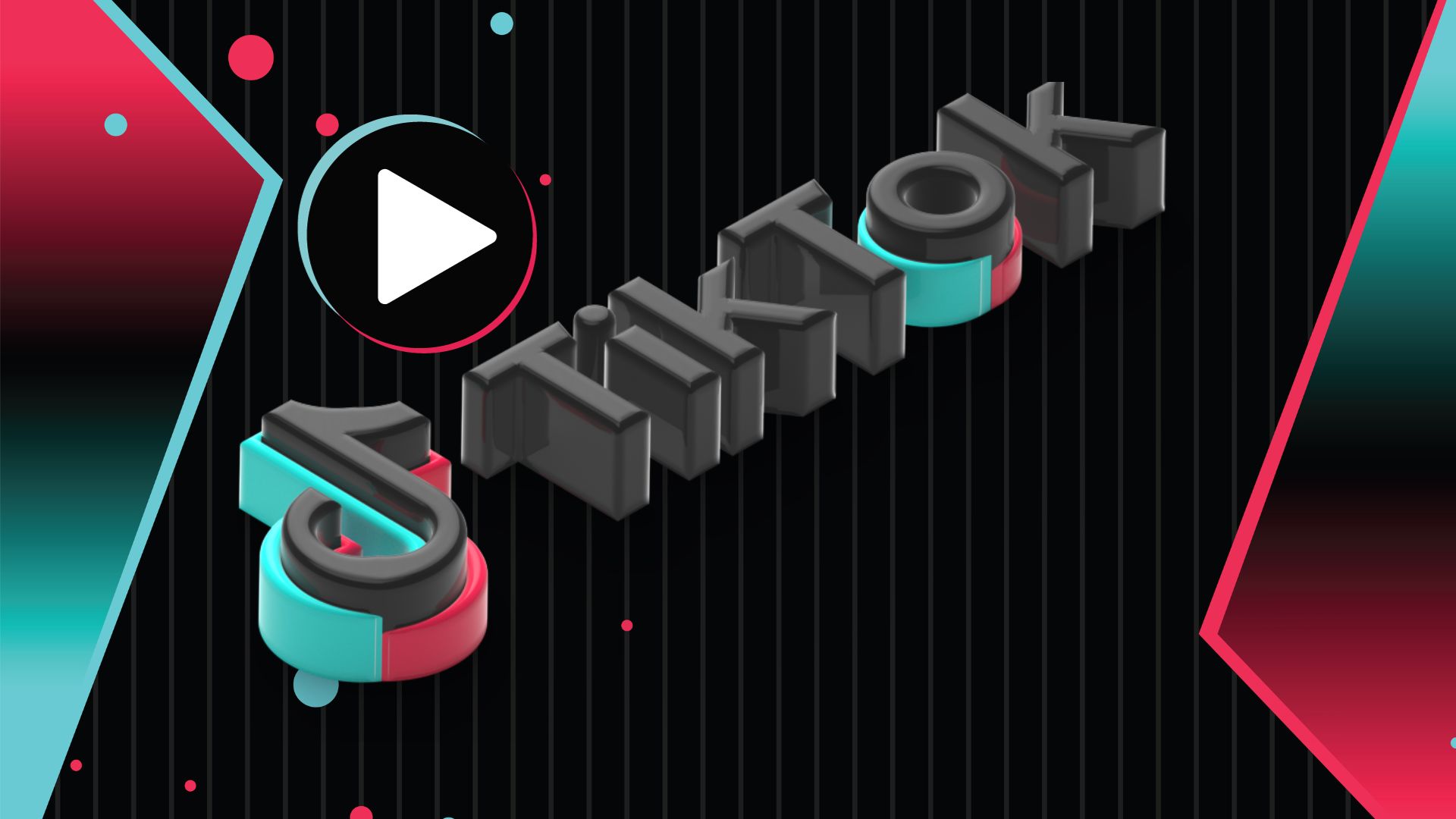Is Cloud-based ERP Inevitable?
In the 1990s enterprise resource planning (ERP) startups were a dime a dozen. But then came a period of consolidation, resulting in a relative handful of larger players. Any analyst round up typically listed mega-vendors IBM, SAP and Oracle as owning the top tier of the market, with a second tier of well-established but smaller competitors, followed by a (shrinking) third tier of niche players.
For a while, few could gain much of a market footing. But over the past few years, more startups began to appear. Why the change?
“I think the cloud and momentum of SaaS solutions are making barriers to entry lower than in the past because these startups are able to develop and deliver solutions at a relatively low cost,” said Eric Kimberling, managing partner at Panorama Consulting Solutions. “In addition, the big ERP software vendors are getting bigger and consolidating, which is creating opportunities for startups.”
Kamal Ahluwalia, chief marketing officer of Selectica agrees. He noted that early adopters in the cloud were typically small to mid-sized companies who had experimented with CRM in the cloud but still relied on ERP behind the firewall. However, moving infrastructure into the cloud has become more acceptable over the last five years.
“Comfort level with the cloud has improved dramatically; hardly any CIOs left would consider the shift to the cloud a religious issue,” said Ahluwalia. “Consequently, some of the biggest companies in the world are committing to cloud-based applications.”
Cloud Not Just about the Cost
Further, the cloud is no longer about price. Established cloud-based vendors like Salesforce.com are not cheaper than companies like Siebel. They’re competing on better capabilities, user experience, modern technology and improved business agility. This is also now true of ERP, added Ahluwalia, where cloud ERP encompasses a wide suite of capabilities, from financials to order management, logistics, supply chain planning and manufacturing.
“With cloud-based infrastructure reaching a maturity level that accommodates the large amount of transactions companies produce, there is no reason ERP could not be delivered in the cloud,” said Ahluwalia. “That’s why we’re seeing companies like NetSuite doing well, along with Kenandy, Glovia, and Rootstock building momentum around order management and manufacturing. Workday is also doing well.”
Raju Vegesna, an evangelist at Zoho, believes the movement of ERP to the cloud is inevitable. Little by little, more and more functions are being ported to the cloud and are encroaching upon the enterprise application space.
“It started with important apps like CRM and customer support, then moved to online accounting, then HR and eventually is moving over into ERP,” said Vegesna. “One market after the other is being addressed and, in each of these, the needs of SMBs are addressed first as enterprises are late adopters of online applications.”
Fred Laluyaux, CEO of Anaplan, has a different perspective. He believes that in the past, most ERP startups were not technology innovators so much as they were filling gaps not covered by Oracle, SAP and IBM. A decade ago, these startups tended to harness old technology. That is no longer the case.
“There have been important innovations around Big Data, in-memory cloud platforms and user-oriented design. The old guard is still trying to figure out how to capitalize on those trends without threatening their existing businesses,” said Laluyaux. “Startups embracing these trends are having success in disrupting the old regime.”
Shift to Subscription Models?
Brian Bell, chief marketing officer of Zuora, adds that disruption is evident in a shift toward the subscription mode. Nearly every industry, he said, is seeing this shift from a product-focused delivery model to a service-based one – which could be called the Subscription Economy.
“The subscription business model is vastly different and more complex from traditional models. It’s recurring, as opposed to one-time transactions, and is plan-based as opposed to SKU-based,” said Bell. “Traditional ERP – even if delivered through the cloud – isn’t designed to address the changing system requirements businesses are facing in the Subscription Economy. The world does not need traditional ERP; it needs a system designed for services-oriented recurring businesses.”
They all agree that major change is coming in the ERP and enterprise application space.
“Companies long to be freed from the shackles of cumbersome, inflexible and overly complicated enterprise systems,” said Laluyaux. “Cloud-based technologies are disrupting this market, and it does not bode well for traditional players whose success depends on preserving the status quo.”
Ahluwalia concurs. He said that the mega vendors are not aligned with new thinking.
“Where we’re going, we don’t need Oracle database or SAP, we need MongoDB and mashups that bring best-of-breed technologies together for rapidly evolving needs,” he said. “Time-to-value, time-to-market, agile methodology, monthly sprints — this is how today’s companies think and act.”
In an upcoming article, Enterprise Apps Today will profile some of the leading enterprise application startups.
Drew Robb is a freelance writer specializing in technology and engineering. Currently living in California, he is originally from Scotland, where he received a degree in geology and geography from the University of Strathclyde. He is the author of Server Disk Management in a Windows Environment (CRC Press).

Drew Robb is a writer who has been writing about IT, engineering, and other topics. Originating from Scotland, he currently resides in Florida. Highly skilled in rapid prototyping innovative and reliable systems. He has been an editor and professional writer full-time for more than 20 years. He works as a freelancer at Enterprise Apps Today, CIO Insight and other IT publications. He is also an editor-in chief of an international engineering journal. He enjoys solving data problems and learning abstractions that will allow for better infrastructure.

